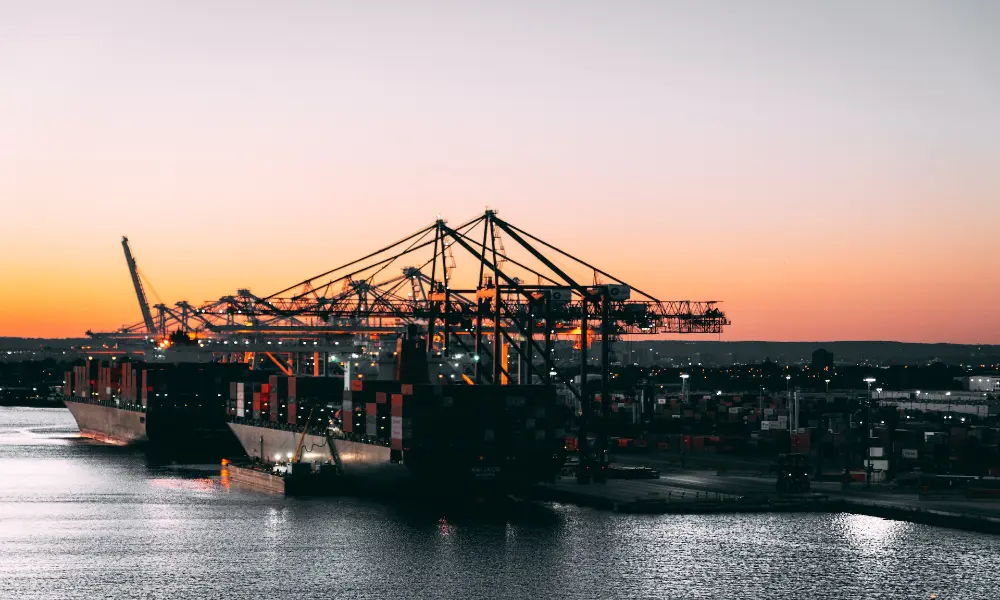Demystifying FuelEU Maritime
Image credits to ClassNK aren’t simply a gesture of acknowledgment, but an indication of the organization’s recent endeavor to enlighten the maritime industry about FuelEU Maritime – a set of critical regulations rolled out by the European Union to expedite the decarbonization process of ship fuels. The vision behind these regulations is crystal clear – achieving a whopping 55 percent cut in greenhouse gas emissions by 2030 from the levels reported in 1990. Alongside this, the EU aspires to reach the pinnacle of net zero emissions by 2050.
FuelEU Maritime functions as a significant cog in the wheel of an ambitious climate policy package, “Fit for 55”, put forth in 2023. The parliamentary approval of FuelEU Maritime by the European Council plays a crucial role in achieving this commendable objective.
Greater Involvement, Increased Accountability
Leaving no stone unturned, these new regulations touch every corner of the maritime industry. They apply to every shipping company vessel, provided it surpasses 5,000 in gross tonnage. These provisions lay the groundwork for setting a stringent limit on greenhouse gas intensity related to ship-board energy usage during their arrival, stay, or departure from EU ports. Furthermore, the rules urge the use of on-shore power supply or zero-emission technology within EU ports, targeting specifically container ships and passenger ships.
A Worldwide Phenomenon
Global maritime activities are undeniably being stirred by these ground-breaking transformations. The first vessel that hoisted anchor off Ukraine’s Black Sea corridor, navigated through Turkey’s Bosphorus Strait, as spotted by a Reuters observer. Such happenings are indicators that change is indeed in motion.
Concurrent Progress: U.S. Shipyards Capitalizing on Opportunity
Shipyards scattered across the expansive coast of the U.S. too are catching the wave of change, making notable investments in advanced equipment to increase lift capacity, thus paving the way for more projects.
Industry Giant Striding Confidently Towards the Goal
In a significant stride toward sustainable shipping, Wallenius Wilhelmsen, the global leader in RoRo vessel operations, has expressed its intent to embrace change. A letter of intent signed by the company suggests the imminent delivery of four 9.
Smart Strategies for Sustainable Shipping
Switching fleets to biodiesel is not just about stepping up in the fight against climate change, but also about showcasing your eco-conscious efforts. Calculations and reports on the reduced carbon footprint can serve as a strong statement of commitment. Also, the introduction of hybrid winches by DMT Marine Equipment reflects an effective solution to curb greenhouse gas emissions.
Adapting to the Gen Z Mariner
Understanding and addressing the needs of Gen Z mariners are crucial aspects of recruiting and retention policies. This is where the industry needs to reinvent itself, adapting and aligning with the aspirations of the next-gen mariners who are the future of this evolving industry.



